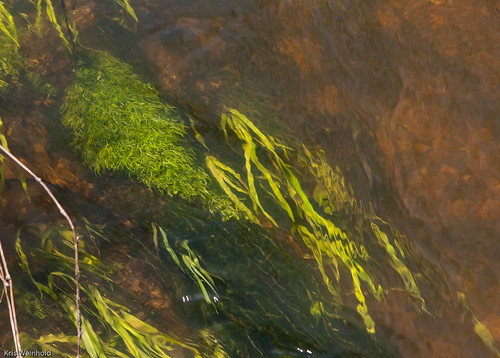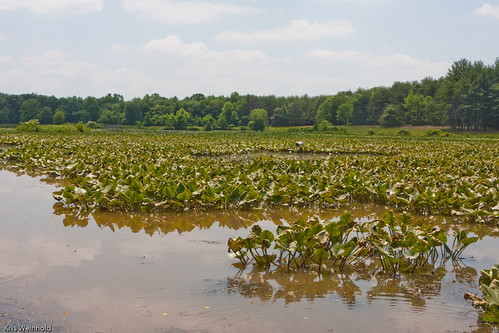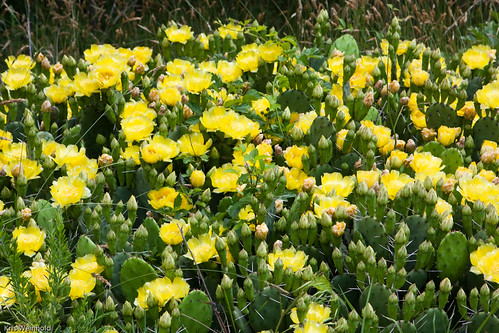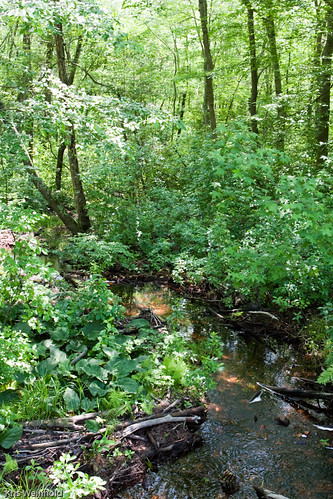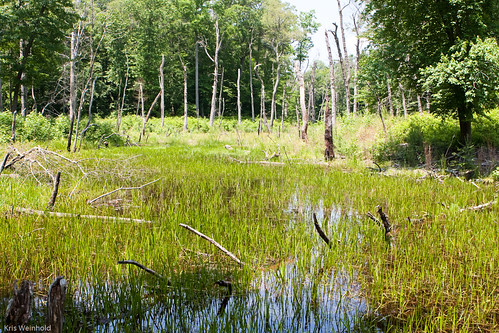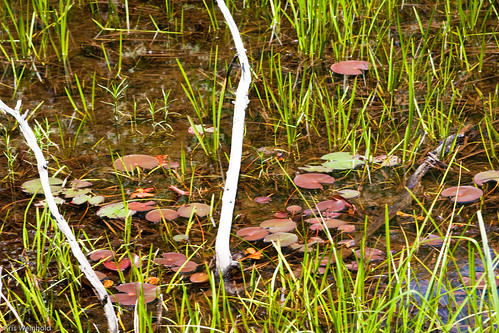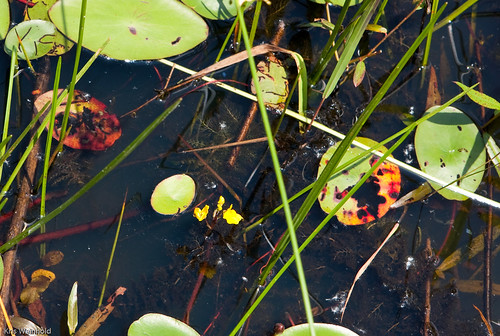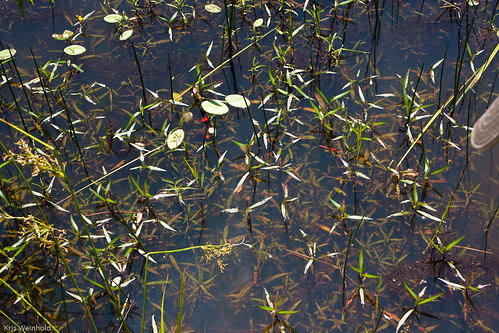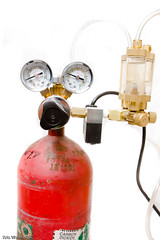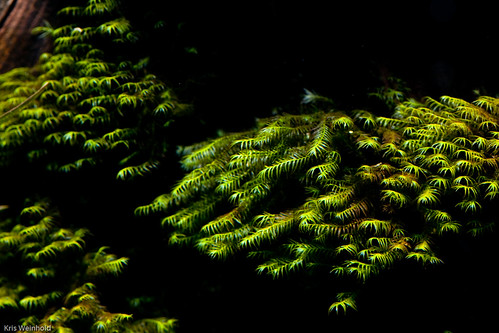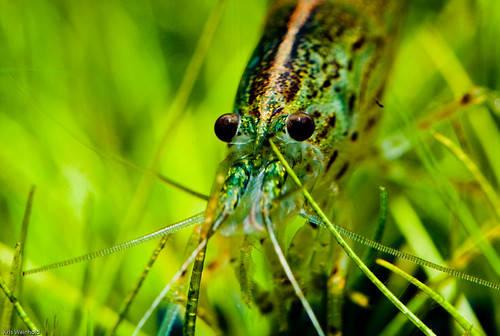Nymphaea micrantha – Plantlets
June 28th, 2009Nymphaea micrantha is a very popular water-lily that I’ve kept for some time. It’s sometimes incorrectly sold as Nymphaea sp. ‘4-Color’ or as Four-Color Lotus plant. This is probably because the leaves are a smattering of colors, forming a beautiful mozaic on every leaf.
One of the other interesting qualities of this species is that plantlets often grow at the base of the leaf where the stem attaches. I noticed several of my leaves doing exactly this. The larger plantlets look like the picture below, with roots protuding from the underside of the leaf.
Initially, the plantlets start as a single stem emerging, which eventually has a leaf that unfolds. I’ve had this particular plant growing for almost a year, and it only started exhibiting plantlet growth within the past month.
Even as very small stems, you can see below that minature leaves are present. (Yes, some algae too, darn!) Once plantlets develop to sufficient size, and have nice root structures, you should be able to clip them from the parent leaf, and plant them as their own plant.
Growing Nymphaea micrantha is not terribly challenging. You just need to make sure to provide a rich substrate and a strong enough light. If you don’t have enough light, the plant will either melt away, or send all of its leaves toward the surface as floating lily-pads. Sometimes this happens anyways. Usually, if you’re diligent at trimming off these surface-loving-leaves, the plant will produce more compact, submersed leaves.
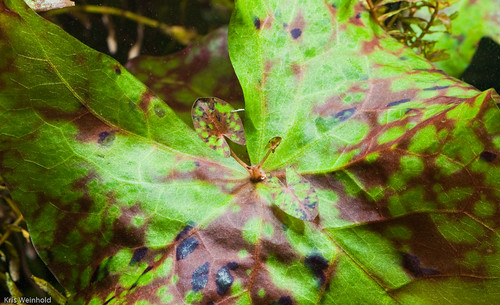
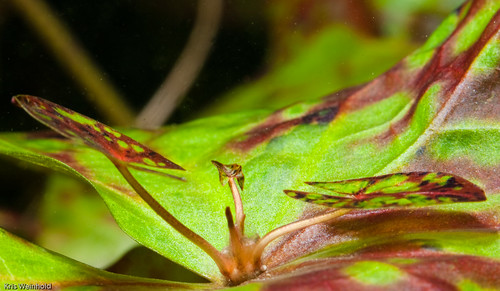
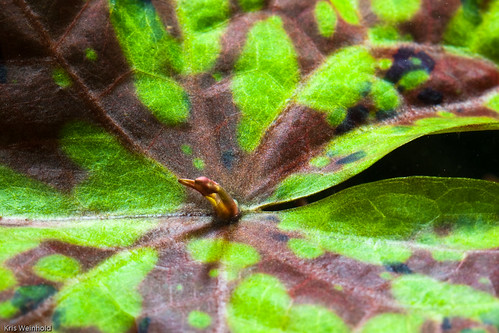
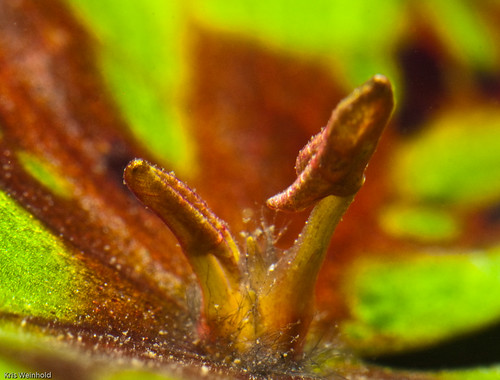
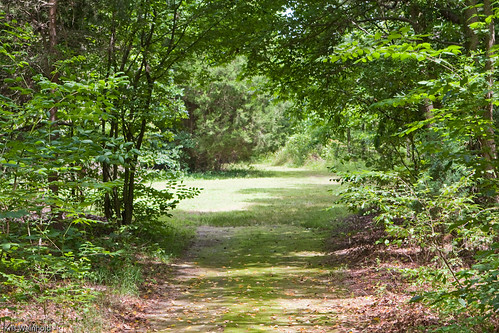
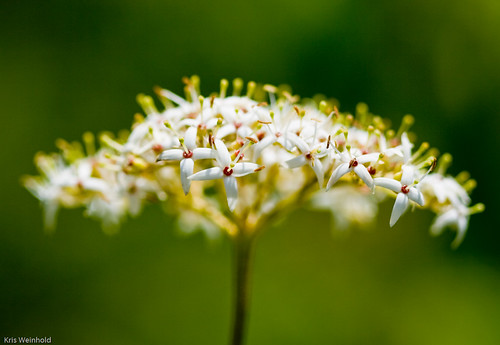
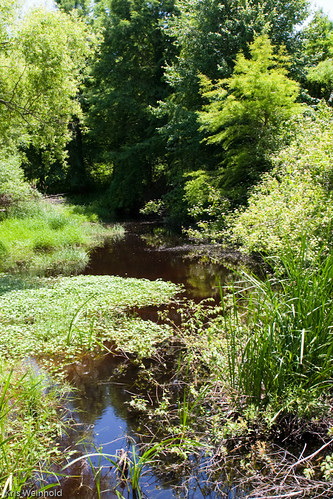
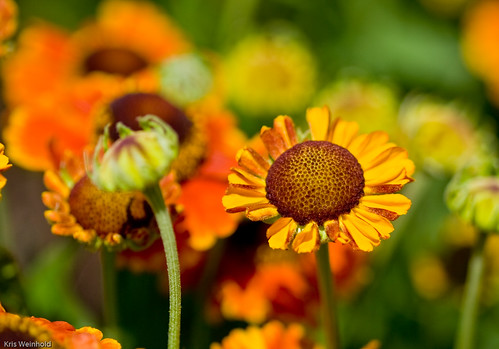
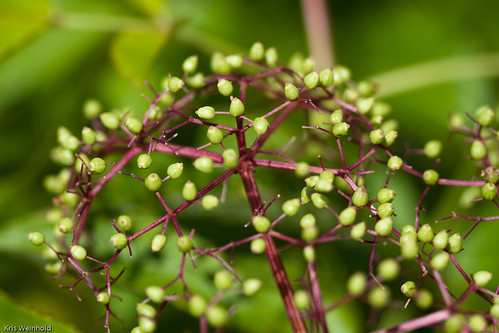

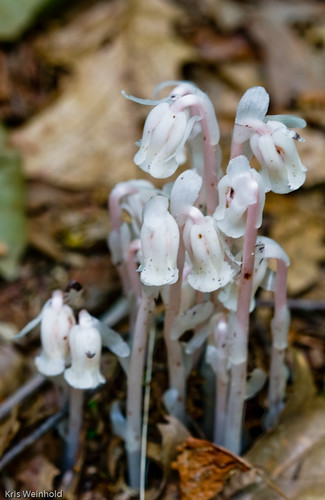
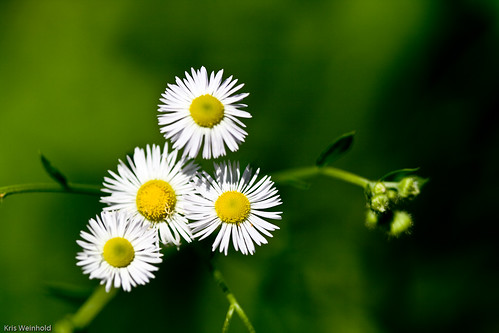
 On Saturday, I attended the
On Saturday, I attended the 



